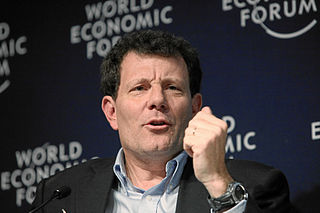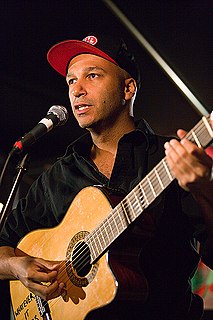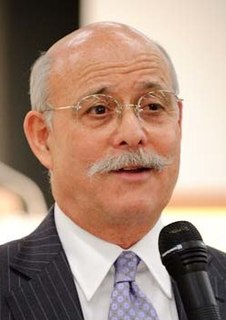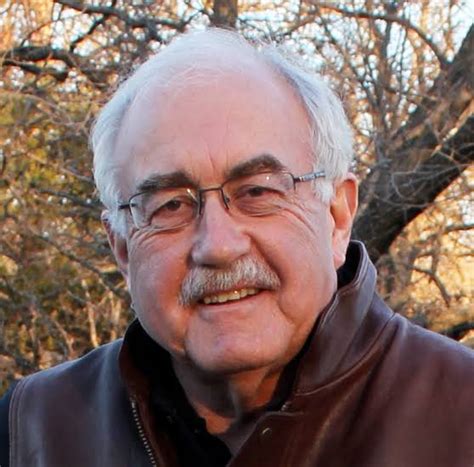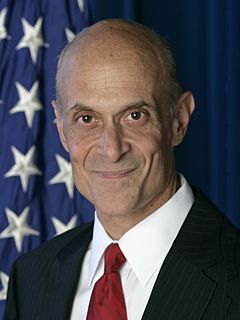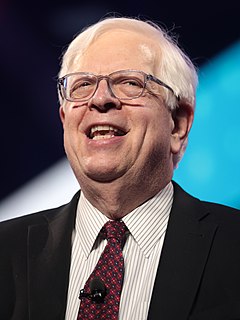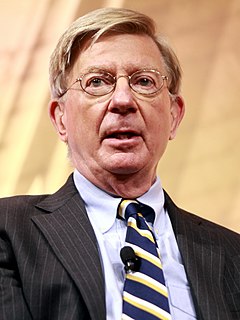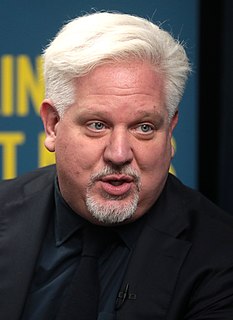A Quote by Nicholas Kristof
Every year 3.1 million Indian children die before the age of 5, mostly from diseases of poverty like diarrhea.
Related Quotes
Africa needs more funding to continue to fight all of those diseases. We are losing more than 1.3 million young children under the age of five every year because of malaria. We've already lost 25 million people to the pandemic of HIV-AIDS. More people are dying now from typhoid fever. Diabetes is on the rise.
The truth is that the 143 million orphaned children and the 11 million who starve to death or die from preventable diseases and the 8.5 million who work as child slaves, prostitutes, or under other horrific conditions and the 2.3 million who live with HIV add up to 164.8 million needy children. And though at first glance that looks like a big number, 2.1 billion people on this earth proclaim to be Christians. The truth is that if only 8 percent of the Christians would care for one more child, there would not be any statistics left.
I'd worked on leprosy and malaria in India [at the World Bank] and asked myself the question: Why do we let 2 million children die every year around the world for not having clean water? Because they're faceless and nameless. So, for me, Facebook looked like it was going to solve the problem of the invisible victim.
Whenever you have a few setbacks, the idea that half as many children are dying now as back in 1990 and so... it was over 12 million a year, now it's less than 6 million a year. We have a clear path to get that under 3 million a year and we know what to do. And this generation of young Africans is a very large group.
